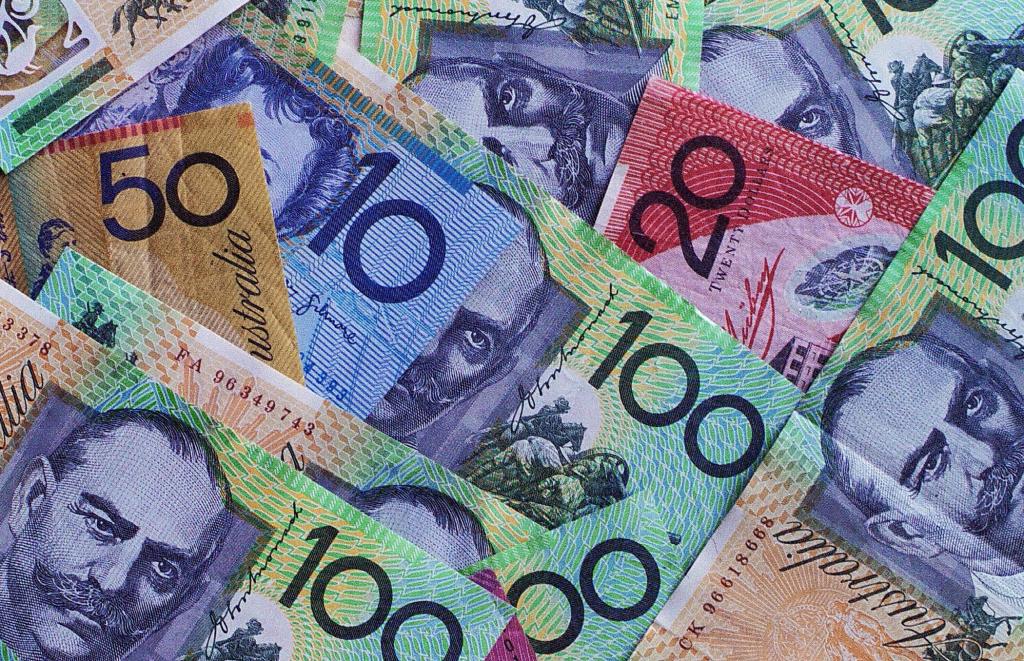Ausbil believes earnings growth will be harder to come by in 2023, especially with a slowing economy and rising interest rates.

Ausbil believes earnings growth will be harder to come by in 2023, especially with a slowing economy and rising interest rates.
However, “the beauty of quality dividend paying stocks is that they tend to perform well across the cycle,” says Michael Price, Portfolio Manager, Ausbil Active Dividend Income Fund.
“In the coming year, there will still be potential to capture dividends from earnings that are less sensitive to lower growth and can pass on inflationary pressures to their customers. There is also room to move up payout ratios and pay special dividends in the absence of off-market buybacks.”
Mr Price notes: “We still have positive earnings growth for the market as a whole outside of resources, so even if payout ratios don’t increase that will lead to an increase in dividends.
“Payout ratios are not stretched as many companies took the opportunity during the pandemic to reduce payout ratios and/or rebuild their balance sheets.
“In fact, we see slightly higher payout ratios from some sectors where they have lost the ability to distribute franking credits through off-market buybacks.”
Mr Prices says: “In recent years, resources companies overtook banks for the sheer quantum of dividends they paid on the back of strong global demand and bank dividends being reduced during the pandemic. In 2022, the banks continued their dividend recovery with expanding net interest margin on the back of rising rates.
“In 2023, we think dividend growth will be flat on average, but there will be big variances across sectors. We expect double-digit growth for financials and general insurers, but we think resource dividends have peaked and we expect them to be 10% lower on average, though select resource names will still deliver.
“We are also expecting a strong dividend year in quality energy companies given the elevated prices and the current supply shock we are experiencing.”
He adds: “Looking beyond the heavy lifters in financials and resources, we expect some stronger earnings growth in quality leaders that are more immune to the economic cycle and who can pass on inflation in their business models. Some ‘all-weather’ dividend payers in the telco and health care sectors, and also in consumer staples, are expected to deliver better-than market dividend outcomes. We are also expecting strong dividend performance in select real estate investment trusts (REITs) that have global logistics and warehousing businesses, and some local REITs with near fully leased commercial portfolios that have lease profiles that pass inflation on to tenants through ratchet clauses.”
Michael Price is a Portfolio Manager for the Ausbil Active Dividend Income Fund.
This article represents the views only of the interviewee and should not be regarded as the provision of advice of any nature from Forbes Australia. The article is intended to provide general information only and does not take into account your individual objectives, financial situation or needs. Past performance is not necessarily indicative of future performance. You should seek independent financial and tax advice before making any decision based on this information, the views or information expressed in this article.